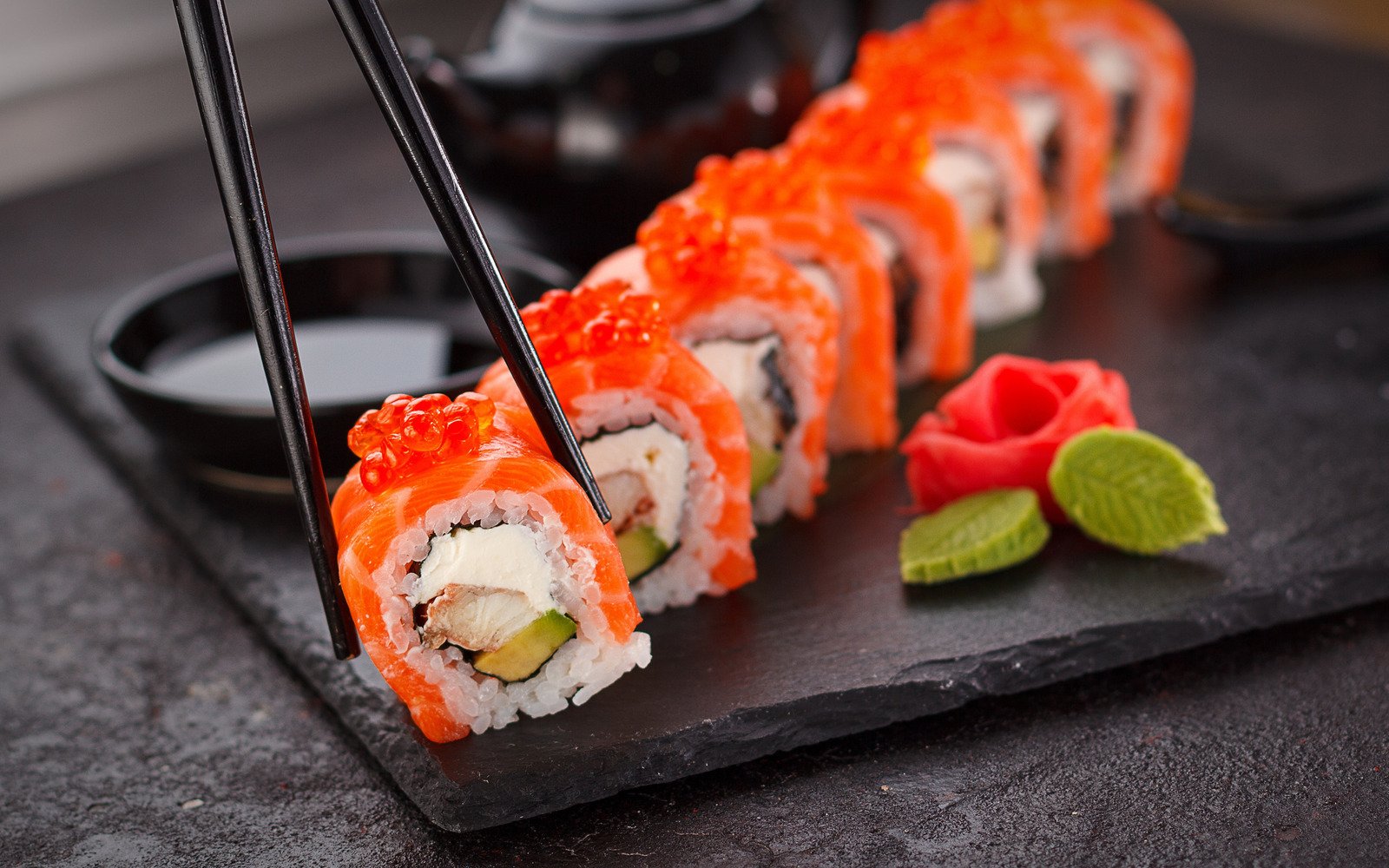Sushi, a culinary masterpiece originating from Japan, has captured the hearts and palates of people worldwide. This delicate and intricate dish showcases the finest ingredients and embodies the essence of Japanese cuisine. Let’s delve into the world of sushi, exploring its history, different types, and the art of preparation.
The Art of Sushi: A Brief History
Sushi, as we know it today, has evolved over centuries.
- Origins in Fermented Rice: Ancient Japanese preserved fish in fermented rice, creating a precursor to modern sushi.
- Nigirizushi: The modern form of sushi, featuring vinegared rice topped with fish or other ingredients, emerged in the 19th century.
- Global Popularity: Sushi’s popularity exploded in the late 20th century, becoming a global culinary phenomenon.
Understanding Sushi Rice: The Foundation of Flavor
The quality of sushi rice is paramount to a delicious experience.
- Short-Grain Rice: Ideal for sushi due to its sticky texture when cooked.
- Vinegar Mixture: A blend of rice vinegar, sugar, and salt imparts the essential tangy flavor.
- Cooking Technique: Proper rinsing, cooking, and seasoning are crucial for perfect sushi rice.
The Many Faces of Sushi: A Culinary Exploration
Sushi encompasses a diverse range of styles and preparations.
- Nigiri Sushi: The classic form, featuring vinegared rice topped with raw fish or other ingredients.
- Maki Sushi: Rolled sushi, wrapped in nori seaweed and filled with rice, fish, and vegetables.
- Futomaki: Thick sushi rolls filled with various ingredients, including avocado, cucumber, and omelet.
- Uramaki: Inside-out rolls with rice on the outside and nori on the inside.
- Temaki: Hand-rolled sushi cones filled with rice, fish, and other ingredients.
- Sashimi: Thinly sliced raw fish served without rice.
- Gunkan Maki: Sushi wrapped in seaweed and topped with ingredients like sea urchin or ikura (salmon roe).
The Art of Pairing: Complements to Sushi
To enhance the sushi experience, consider these pairings.
- Soy Sauce: The classic dipping sauce, with varying levels of saltiness.
- Wasabi: A pungent green paste made from grated wasabi root.
- Gari (Pickled Ginger): Cleanses the palate between bites.
- Marinated Ginger: A sweeter and milder alternative to pickled ginger.
- Green Tea: The traditional beverage to accompany sushi, with a refreshing taste.
- Sake: A Japanese rice wine that complements the flavors of sushi.
Sushi Etiquette: Savoring the Experience
Enjoying sushi involves certain etiquette guidelines.
- Chopsticks or Hands: Use chopsticks for most sushi, but nigiri can be eaten with your hands.
- Soy Sauce: Dip sushi briefly in soy sauce to avoid overpowering the flavors.
- Wasabi: Apply a small amount of wasabi to the fish, not the rice.
- Gari: Enjoy a piece of pickled ginger between bites to cleanse the palate.
- Savor the Moment: Appreciate the craftsmanship and flavors of each piece.
Sushi is a culinary art form that offers endless possibilities for exploration and enjoyment. Whether you’re a seasoned sushi connoisseur or a curious beginner, there’s always something new to discover in this world of flavors and textures.






